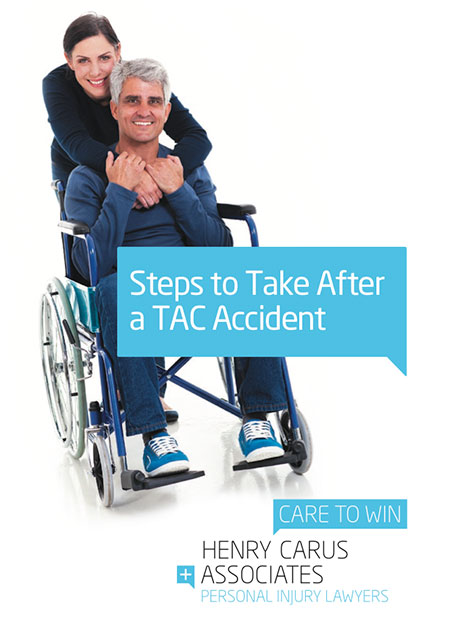
Most businesses have a myriad of accident prevention obligations placed upon them. They must provide safety to those employed by them and if their actions can impact the general public, then they must also ensure their activities do not cause injury or damage to the environment or others. Many companies decide to engage consultants to review their obligations and ensure that they comply with them. The mindset that the company employs can have a dramatic difference when an event occurs that could have been properly managed and instead becomes a catastrophe.
The Hazelwood mine fire
My thoughts on this subject have arisen from the recent Hazelwood Mine Fire Commission report on the Hazelwood fire, which burned for 45 days and was a catastrophe for the town of Morwell in Victoria’s Latrobe Valley. The Commission found that the disaster could have been avoided had adequate risk management procedures been implemented. In particular, the Commission noted that the approach taken by the operator of the mine, GDF Suez, was one of minimum compliance, rather than best practice and continuous improvement. This finding was based in part on the history of the mine, where there had been a previous fire in September 2008. Following this fire, GDF Suez had failed to carry out a proper risk assessment to see if further preventative work was needed in other worked out areas of the mine, despite having been recommended to do so.
Company obligations
These findings by the Commission are commonly seen in WorkCover accidents and often end up in litigation. Often when an accident happens, the employer will say that they have complied with all of their obligations. As personal injury lawyers, we will say that the employer had reason to foresee the accident and injury to our client, and appropriate preventative steps were not taken. While the employer will say that it is not obligated to do so, the crucial issue on most occasions is whether the employer has:
- Had a history of similar events but without serious injury before; or
- Had never undertaken a proper risk analysis because no one had been seriously injured before.
In both of those situations, the employer is at risk to pay compensation to the injured worker. Careful investigations of the workplace and the history of events that have occurred prior to the worker’s accident are needed to make sure that risks eventuate into fair compensation for the worker.
How a personal injury firm will handle the matter
Personal injury firms are not able to undertake the kind of investigation that the Commission has done in relation to the Hazelwood mine fire, but the court rules allow us to pursue all relevant records from an employer and ask them detailed questions. Such avenues for enquiry can prove of great benefit in establishing one of the two points mentioned above. This was our experience in a matter in which a jury found in favour of our client after being told by the WorkCover lawyer again and again that there was no liability and no documents that showed either of these two points existed. After extensive exploration of what documents did exist, we found a risk assessment report that was completed before our client’s accident, and the advice given was not followed. In the end, many disasters – like the Hazelwood Mine fire, or other catastrophic injuries to a worker – can be prevented with appropriate and generous attention to safety.
 Call Us Today
Call Us Today



